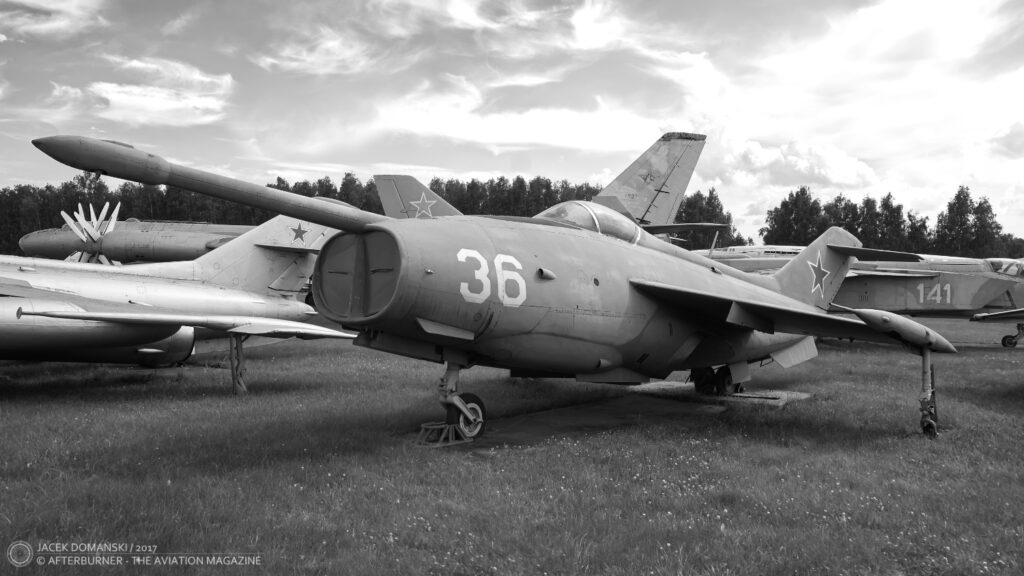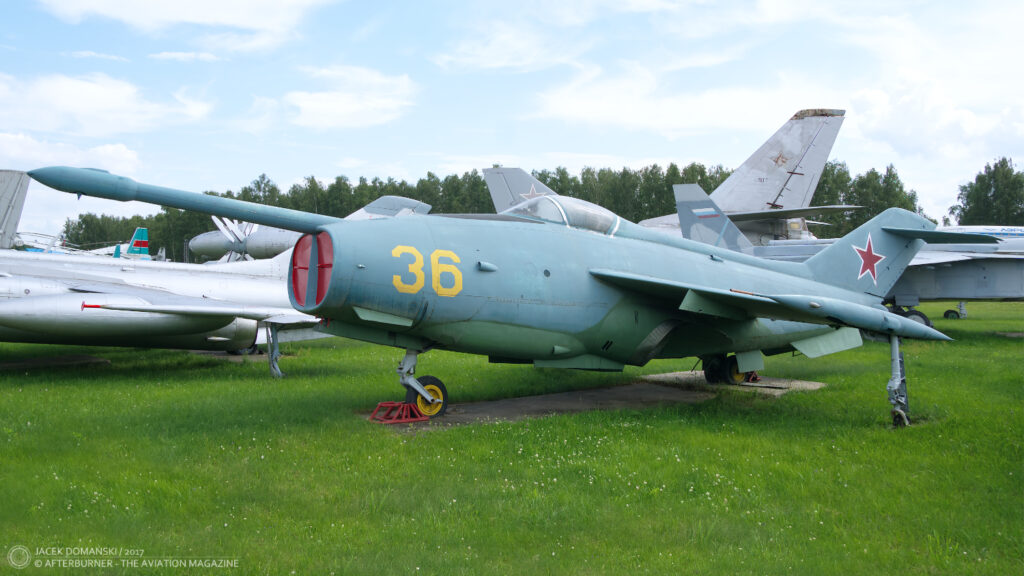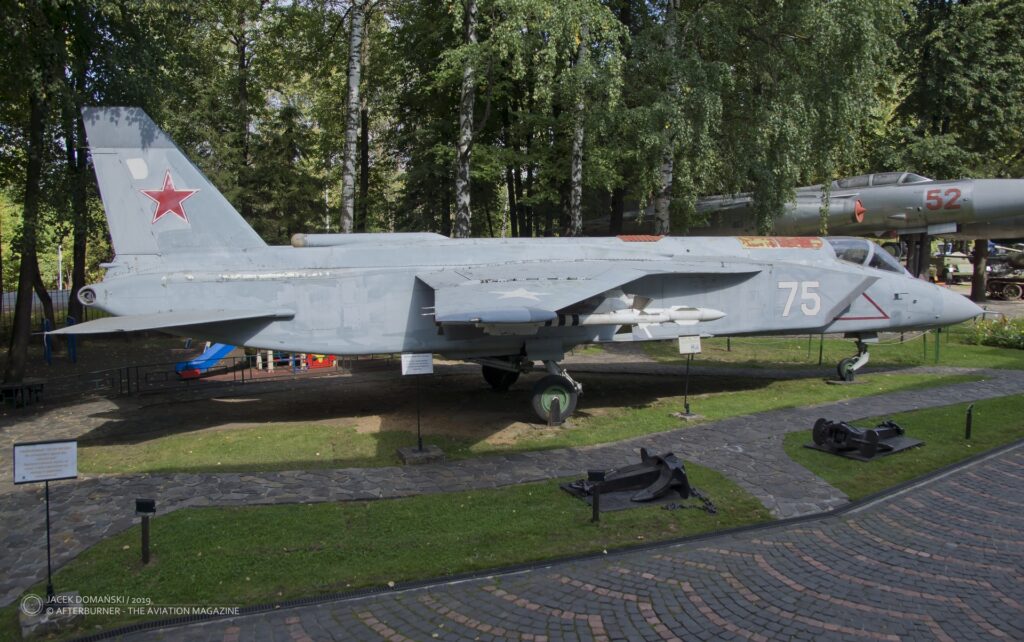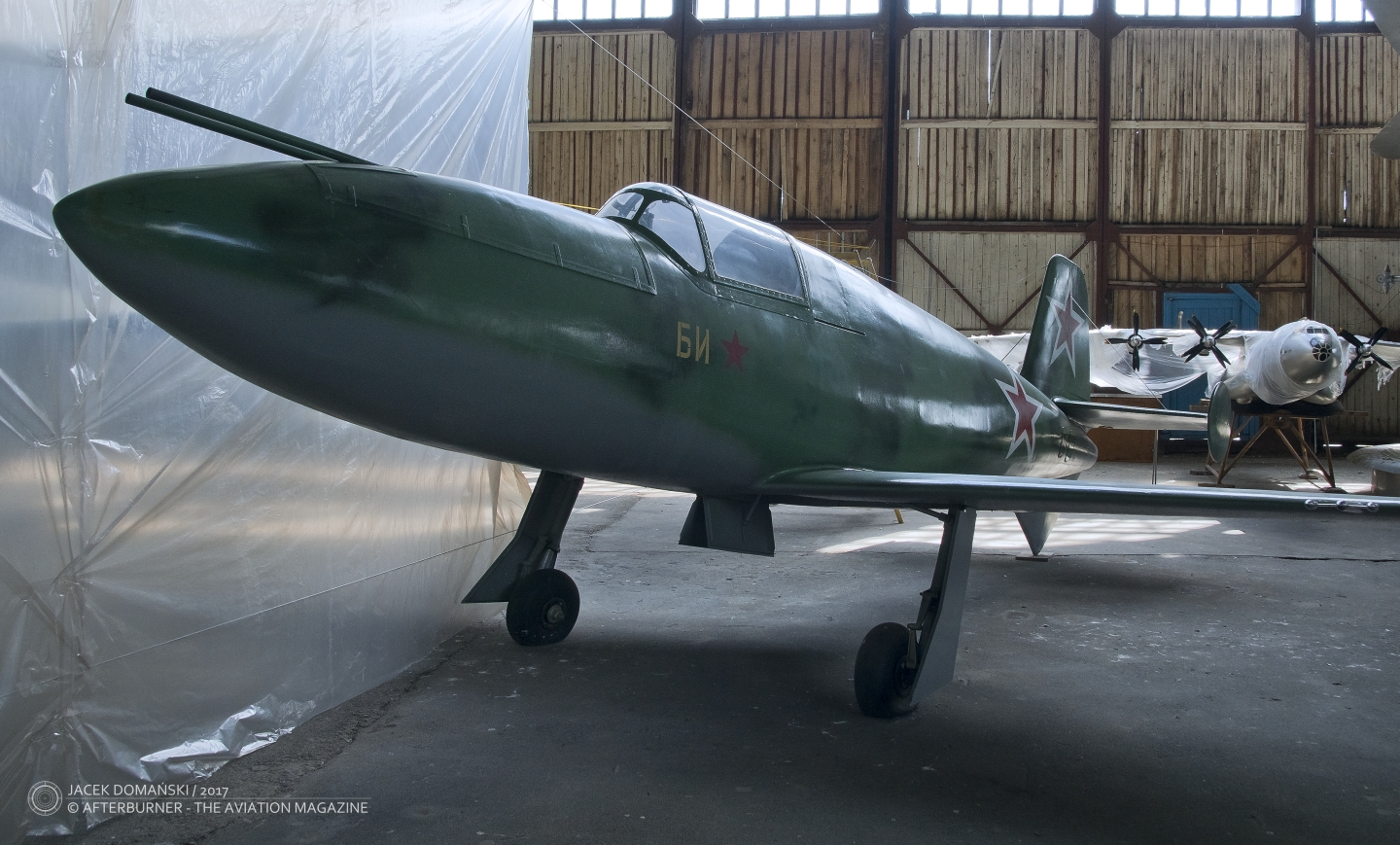 At the beginning of August 2024, ПАО “Яковлев” (PSJC Yakovlev) officially announced the company is ready to launch development of new Russian 5th generation aircraft, featuring the vertical take-off and landing (VTOL) capability.
At the beginning of August 2024, ПАО “Яковлев” (PSJC Yakovlev) officially announced the company is ready to launch development of new Russian 5th generation aircraft, featuring the vertical take-off and landing (VTOL) capability.
The information about Yakovlev´s readiness to start development works was disclosed by Andrey Boginsky, General Director of PJSC Yakovlev, and repeated by several Russian media.
Boginsky underlined that Yakovlev (part of the United Aircraft Corporation and formerly known as Irkut company) is the only company in Russia having a unique scientific and technical background to launch creation process of the new VTOL aircraft. Although the Soviet/Russian works on that type of aeroplanes were ceased in 1990, the company retained its capacity to continue the development in the nearest future, this time combining the past experiences with the newest aviation technologies.
According to Boginsky, there is a demand for such an aircraft at the present moment. And it depends only on the Russian Ministry of Defence if the new VTOL combat jet would be formally ordered.
Boginsky´s declaration coincided with the 60th anniversary of the first flight of Як-36 (Yak-36, NATO reporting name Freehand) the first Soviet technology demonstrator for the VTOL combat aircraft.
The Yak-36 performed its maiden flight on 27th July 1964, with test pilot В. Г. Мухин (V.G. Mukhin) at its controls. However, it was a conventional take-off as the design team was yet not sure about the aircraft flying characteristics. The first flight trials were successful enough to continue the development of the Yak-36 and finalise it by the first full VTOL flight, performed on 24th March 1966. Next year, the aircraft was disclosed to public during an air show at Domodedovo airfield.
The Yak-36 was made in only four examples and worked as a base to create the first Soviet serial produced VTOL jet. The aircraft was designated Як-38 (Yak-38, NATO reporting name Forger) and performed its maiden flight on 22nd September 1970.

The Yak-38 was a carrier-based strike fighter and was developed especially for service onboard the Kiev-class heavy aircraft cruisers. Initial design of the aircraft aimed to create a supersonic jet, however it turned out that such performance created several significant issues and finally the maximum speed of the Yak-38 was limited to Mach 0.95. There were over two hundred examples of that aircraft built, in two main variants: single-seat strike fighter and two-seat training aircraft.
Due to its complex and sophisticated design, the Yak-38 seen only a limited service with the Soviet naval aviation, which was the only operator of the aircraft. The demanding operation of the VTOL jets was markedly decreased in the final years of the Soviet Union and finally ceased with the collapse of the country.
In the mid-1980s, Yakovlev developed another VTOL combat jet, designated Як-141 (Yak-141, NATO reporting name Freestyle – also known as Yak-41). It was the first supersonic VTOL aircraft in the world that additionally featured an advanced design, incorporating the latest aviation technologies and use of composite materials, titanium and graphite.
On 9th March 1987, the Yak-141 performed its maiden flight. During evaluation flights, prototypes of the Yak-141 set at least twelve aviation records in different categories. However, the project was affected by economic crisis and finally abandoned in 1992, soon after the collapse of the Soviet Union.
Nevertheless, Yakovlev started cooperation with Lockheed Corporation, at that time working on development of the Joint Strike Fighter programme / X-35 aircraft. Details of that cooperation are not fully disclosed until now, however it was later confirmed by both parties that the Russian company received money to finance its aviation projects, in return for transfer of technology related to the Yak-141. In consequence, the cooperation between those two companies became a basis for rumours that the F-35 Lighting II was developed with use of the Soviet/Russian VTOL technology.

Although the aforementioned projects really prove the Yakovlev company had experience in development of the VTOL combat aircraft, it should be also underlined that it all regards designs from the period years ago. Since then, the military aircraft changed a lot, and it is currently unknown if the past experiences would be useful in any way.
Especially that the Yakovlev company is currently facing significant issues with development of MC-21, the Russian flagship passenger aircraft. The ´airliner for the 21st century´ is now undergoing a ´russification´ process, forced by the Western sanctions on Russia. However, use of the domestic-made materials, technology and equipment caused the weight of the empty aeroplane increased of 5,75 tons and resulted in higher fuel consumption and decreased range. Although the first deliveries of serial manufactured MC-21s were initially scheduled for December of 2024, they were recently postponed for 2026 (more information about the issues with development of new Russian airliners can be found in our article Modern Russian airliners – where the mistake was made?, issued in April of 2024).
In addition, the Russian aviation industry is still working on development of two 5th generation fighter aircraft – Су-57 (Su-57, NATO reporting name Felon) and Су-75 (Su-75 ´Checkmate´), Light Tactical Aircraft. The Su-57 performed its maiden flight in January of 2010 but still did not achieve its final variant and was manufactured in only about fifteen examples. The initial concept of the Checkmate was presented in 2021 and the aircraft had to perform its first flight two years later. However, its development is already far behind schedule, and it is now expected the flying prototype would be ready no earlier than beginning of 2026. Moreover, launching development of a new fighter aircraft – however without any further details – was last year also announced by MiG company.
Under these circumstances it is not clear if the Russian MoD would be willing to finance another concept aircraft, with prospect to receive new VTOL fighter after a decade or later. Therefore, the statement made recently by Andrey Boginsky, could mean no more than a sentimental journey into the past and commemoration of the Yak-36 anniversary.

Cover photo: Yak-36 prototype in Central Aviation Museum, Monino (2017)



